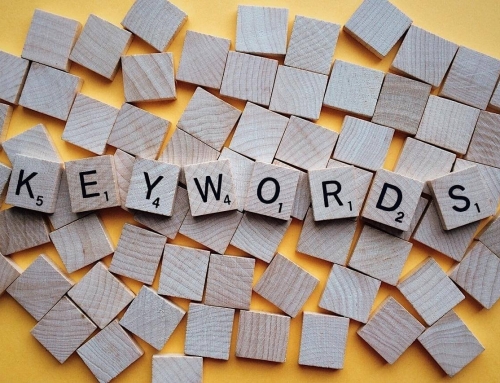If there is anything users hate more than a slow website, we have yet to find it. Studies have shown that a website that takes more than 5 seconds to load is basically dead in the water. When your site spends ages loading up, and your user sits there waiting, you can bet that they are going to be taking their business elsewhere.
Website speed isn’t just important for your user experience, it is now essential to Google’s SEO algorithm as well. Since 2013, Google has made it known that performance is key to a site’s ranking, and as part of Google’s recent roll out of changes to their algorithm (to be officially announced on the 21st of April), you can bet that it will be just as important to make sure you don’t sacrifice site performance when rushing to comply with the new changes. One of the most common complaints that we hear from people is that their site is too slow. Let’s look at some simple tips to ensure that your site is running in tip-top shape.
An image is worth a thousand words… and a ton of space.
Everyone loves pictures. The internet is full of them, and having them on your website is without a doubt essential. Having properly optimized images couldn’t hurt either. But could they be hurting your website’s performance? Gigantic images could drastically increase your website’s loading time, and if the resolution is high, it makes it all the more difficult.
Ever try to load a website on your mobile phone and the image doesn’t appear or the site has to constantly resize itself as the images finally load? It’s frustrating and annoying. You should consider getting a plug-in like Smushit to condense the images, or having a completely different image altogether for your mobile site. Use webmaster tools to see if the images are actually slowing your site down, and go from there. And never forget that simply deleting images that are uselessly stocked in your library could do wonders.
There’s nothing worse than a bad host.
This is by far the simplest one, but nonetheless I had to include it. Sometimes the site host is just not good, and it slows your website down. Some hosts are good, and some are bad. Seek out one with a good reputation, and don’t hesitate to spend when it comes to quality. It will save you money in the long run.
“Cache in” on your caching settings.
This is an ace up the sleeve of anyone with a website. A cache is simple enough to understand: basically stored data on a computer. But how does it help performance? Think of it this way: when a user visits your website, the browser has to download everything from it in order to let the viewer see it, but if you cache this information onto a user’s computer, then they will have it stored there for future use.
Next time they visit your website, all of the info will be already available locally so they won’t have to get it from you. This in turn increases the speed of the website. Look for a plug-in on WordPress to help caching if that’s what your website is built on – or one of the countless tools available on the web for this purpose. Just search cache setting tools, and go from there. This one is a real game changer.
Gain momentum.
These days, people are so used to convenience that they can’t be bothered to actually do anything that takes up time – especially when it comes to scrolling down a mobile site. Thankfully there is momentum scrolling. Momentum scrolling is exactly what it sounds like: a way of scrolling that mimics real-life friction. When you swipe the screen, the scroll reacts accordingly and goes quickly down, gently slowing as it goes as if gravity were acting on it.
Now this is an interesting one that doesn’t quite fit in with the rest of the tips in this post because it probably won’t affect your site performance that much (although it could help). What it does do is enhance the way your user perceives the performance of your mobile site. It will make the site appear to be faster, smoother, and better than competing sites that don’t have it. Remember, every little bit counts.
Having a website that loads slow is a real killer in the mobile SEO game. These tips to speed up your website’s performance will no doubt make all of those viewers who are sitting there waiting for 4 whole seconds a lot happier, and assure that they stick with you and not someone else. Never skimp on details, price, or quality when it comes to these things. In the end, they always come back to bite you and cost you more. It is important to know that quality always wins out in every facet of life and business. Improving your website’s performance is no different.
Need help improving your website’s performance? Contact the experts at BlueHat Marketing.





